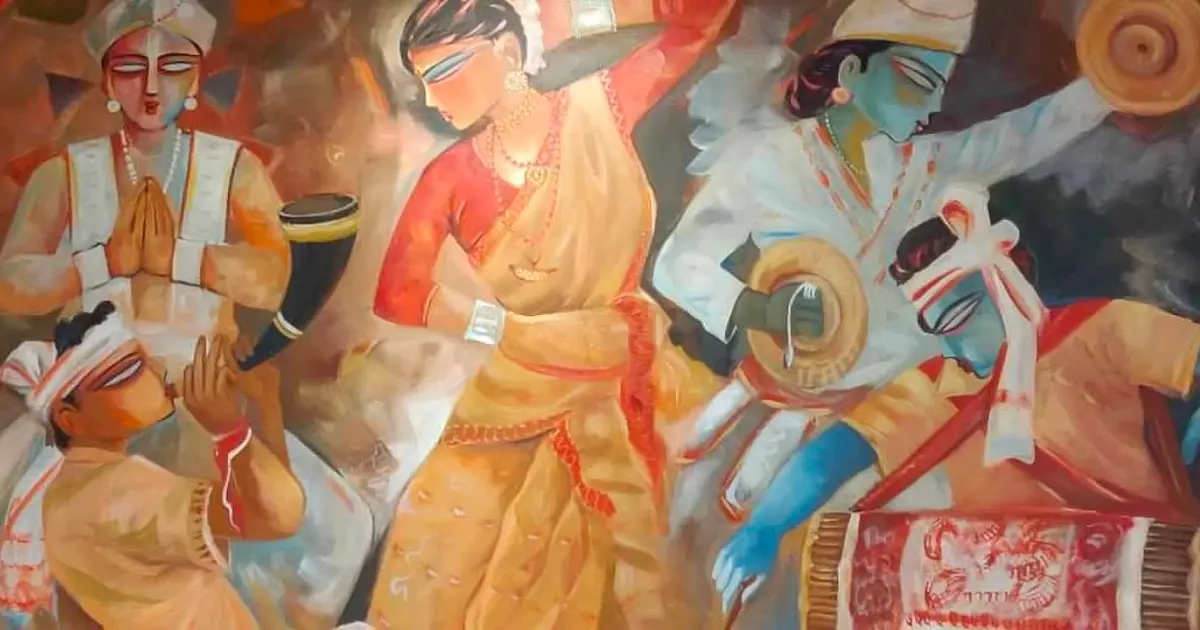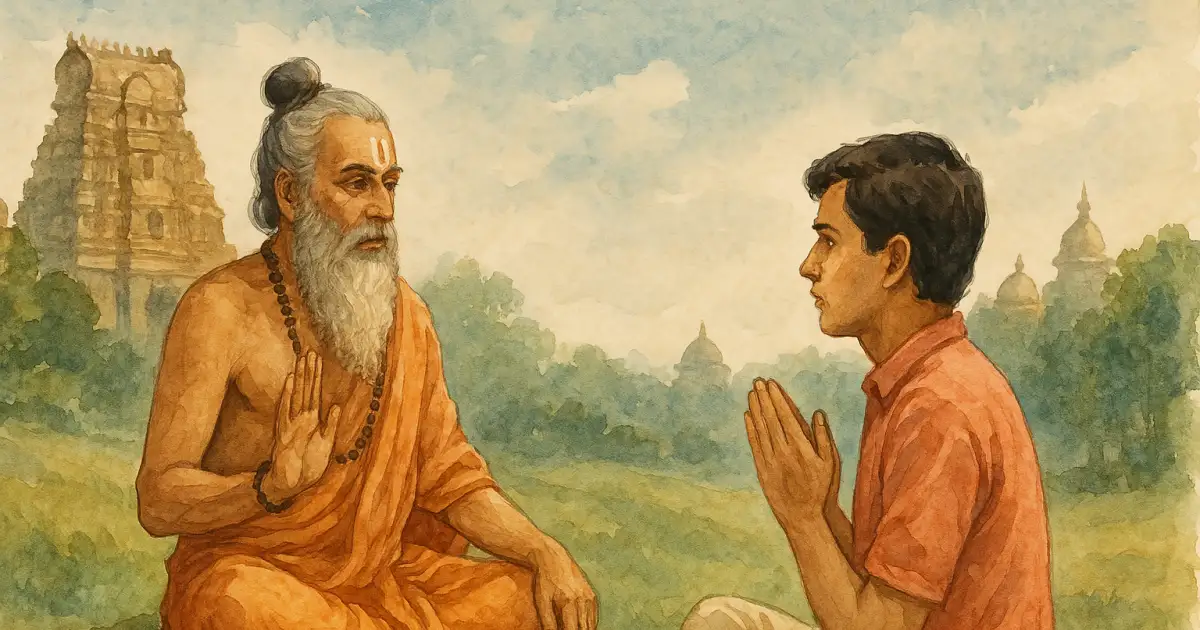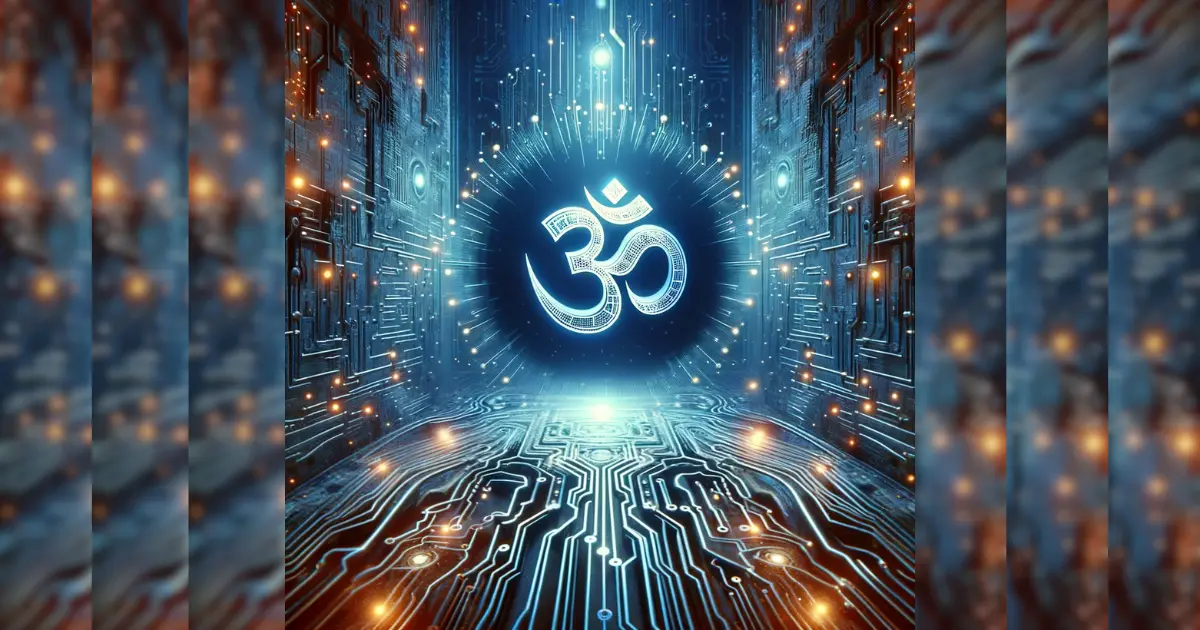“..to understand the culture is to understand the people..
T. S. Eliot, arguably one of the finest poets of English literature, in his Notes Towards the Definition of Culture attempts to define the term, discuss its significance in society and its relationship with religion. Eliot’s essays are known for their attempt to draw connections between poetry, society, culture and art. Though Eliot’s approach is from the point of view of the Western civilization and specifically Christianity, there is much to be garnered from a sociological perspective that generally holds good for most cultures across the world and parallels that we might draw regarding our own.
Background
Eliot was raised in picturesque New England, with his roots in an extreme form of Protestant rationalism known as Unitarianism, which likely did not appeal to him as a child. However, as his ideology gradually leaned more and more traditionalist, he converted to high Anglican Christianity later in life and began to write on increasingly religious themes. In the preface to The Sacred Wood, Eliot insists that his mind had not changed per se, but rather, went through “an expansion or development of interests.” Writing in the decades after the World War, the themes in his later works such as The Waste Land (1922) and Four Quartets (1935-1942), illumined the social ills that plagued society, and criticized the modern attitude towards God and religion. He spoke of Christian society, and lamented the loss of culture and the perils of its decay. During his Harvard days, he came in contact with a whole cohort of writers and engrossed himself in the study of orientalism and philosophy alongside them, such as Irving Babbitt who impressed upon him an interest in Buddhism; George Santayana, who shared ideas of naturalism and disillusion and introduced him to Dante, and Josiah Royce, a post-Kantian monist through whom he came in contact with the works of F. H. Bradley.
It was around this time that Eliot began an exploration of “the relation of poetry to the spiritual and social life”, since he had already embarked upon and succeeded in defining poetry in his earlier essays. Notes Towards the Definition of Culture begins with Eliot spending considerable time in critically reevaluating Matthew Arnold’s Culture and Anarchy, and redefining the lexicon Arnold had laid out. In his first chapter, Eliot explains that culture develops through the interaction of and tensions between the individual and the society, and therefore the culture of the individual must be viewed against the backdrop of that of the whole of society, as it cannot be isolated or abstracted from that of the entire society. He disagrees with Arnold’s assertion that religion is secondary and only that which supplies the ethical framework for the larger, more valuable, culture, and instead states that the development, refinement and preservation of culture does not happen in silo, outside of a religious framework, but rather, the two are interlinked — culture in itself is lived religion, an incarnation of religion. In the words of Eliot, religion-
“gives an apparent meaning to life, provides the frame-work for a culture and protects the mass of humanity from boredom and despair”. Thus, “..Faith can, and must find room for many degrees of intellectual, imaginative and emotional receptivity..”
He then traces the misconception that the two are distinct to historical origins, specifically the penetration of the Greco-Roman “culture” by the rise of Christianity. The trajectory of the Western world thenceforth meant that the religious origins of the earlier, declining civilization were forgotten in the throes of time. This is the reason that he believes that in the absence of religious foundation, culture is amenable to decline, that a culture cannot sustain itself without a religious basis.
A Class System
Though culture is generally the concern of only a small minority (often the high class which is most responsible for its production and custody), it is for the benefit and disposal of and subject to influence by all its members, and should be regarded as property of the whole of society — as any culture in the possession of few tends to deprecate. Eliot draws from Dr. Mannheim’s Man and Society to discuss the natural tendency of this culture-creating high class or “elite” to reorganize when class distinctions dissolve and society reorders itself based on qualifications other than birth — when aristocratic societies transform into mass-societies. The idea of a classless society does not entice Eliot as much as it does other philosophers and sociologists, and he draws a distinction between domination, having negative connotations, and governance, in which the ablest minds find the most expression in the workings of society. If examined in light of its limited purpose, the culture-creating class might necessarily be a good thing, and forcibly removing the dominant class might result in instability, its function never really wholly taken over by any other group.
Thus, the culture of such a class must not be disregarded as being superfluous to society as a whole, but instead as an aspect of society, valuable in itself and as enriching of the lower levels as it is of the higher. After all, most craftsmen and artisans during the Middle Ages were not men of noble rank, au contraire.
Cultural cohesion, then, arises not from strict demarcation of the diverse cultures of groups but by the participation, mutual appreciation, overlapping of and shared interests. Drawing from the state of Western society, he remarks that “progress of civilization” may result in the further specialization of culture groups and the dissolution of classes, so that “religious thought and practice, philosophy and art, all tend to become isolated areas cultivated by groups in no communication with each other” — in which case, overall cultural disintegration is inevitable. In a hypothetical situation wherein the elite class is formed by plucking certain children out of their cradles and conferring upon them a uniform, democratic, yet thorough education, Eliot imagines that such a class would bond solely with each other through professional interest, and lack the social cohesion and continuity that undergirds such a group, were it to evolve organically. This is not so much a defense of an aristocratic or unequal society, but the recognition of their essential function — their role in the formation of a society with a continuous gradation of cultural levels, creating a more conscious and specialized culture.
He contends that “artistic sensibility is impoverished by its divorce from the religious sensibility and the religious by its separation from the artistic;” and society itself is impoverished by a loss of culture.
To me this is reflected in many ideals of Indian culture, such as reflected in the typical conception of Indian art as a subsidiary and derivative mode of religious, intellectual and philosophical discourse, its aesthetic comprehension being central to its metaphysical existence, and even, the fulfillment of the loftier aims of puruṣārtha.
Family as the Epicenter
Eliot probably drew from his own experiences and childhood when he said that
“(t)he primary channel of transmission of culture is the family: no man wholly escapes from the kind, or wholly surpasses the degree, of culture which he acquired from his early environment.” There is a certain undeniable finality to his statement: “by far the most important channel of transmission of culture remains the family: and when family life fails to play its part, we must expect our culture to deteriorate.”
While not the only channel, family is central, and supplemented by other conduits of tradition wherein not only skills, but an entire way of life is passed on through the generations. The essence of his argument is that the highest levels of culture have been gained only by small groups of people—either familial or social or regional groups—who have been able to perfect their traditions over long periods of time. In the modern world, where vibrantly religious lives and livelihoods have been replaced by the secular and mundane, parents have increasingly infinitesimal roles to play in the lives of their children, with their duty of cultural transmission outsourced to the State or to private entities. What results is a rapid and obvious withering of societal morality and the disappearance of cultural markers.
Transmission of Culture
While education is indeed the vehicle for the transmission of culture, Eliot wonders whether education alone can ensure it — as neither can education be limited to what can be taught, nor can everything worth preserving be taught in the first place. A discussion of the role of language naturally ensues.
“..for the transmission of culture — a peculiar way of thinking, feeling, and behaving — and for its maintenance, there is no safeguard more reliable than a language. And to survive for this purpose it must continue to be a literary language – not necessarily a scientific language but certainly a poetic one: otherwise the spread of education will extinguish it.”
A chord of poignance strikes, particularly close to home in light of the slow and excruciating death that Indian regional languages are inevitably spiralling into, when he goes on to say, “the literature written in that language will not, of course, make any direct impact upon the world at large; but if it is no longer cultivated, the people to whom it belongs will tend to lose their racial character.”
“Unity” is Overrated
“Fortunate the man who, at the right moment, meets the right friend; fortunate also the man who at the right moment meets the right enemy.” Eliot convincingly puts forth the argument that a healthy amount of friction should exist in society, and that from the point of view of the survival of culture, such varying animosities and loyalties between individuals and groups, class and region is actually a positive.
“A nation which has gradations of class seems to me, other things being equal, likely to be more tolerant and pacific than one which is not so organized.” Eliot also acknowledges that “either religious unity or religious division may coincide with cultural efflorescence or cultural decay.”
In the evolution of civilizations, a greater and greater distinction between religious and non-religious activities was drawn, until they began to contrast, and even oppose each other.
“The sort of identity of religion and culture which we observe amongst peoples of very low development cannot recur.. For the more conscious becomes the belief, so the more conscious becomes the unbelief: indifference, doubt and scepticism appear, and the endeavor to adapt the tenets of religion to what people in each age find easiest to believe.”
Culture as an Instrument of Policy
“Any local ‘cultural revival’ which leaves the political and economic framework unaffected would hardly be more than an artificially sustained antiquarianism what is wanted is not to restore a vanished, or revive a vanishing culture under modern conditions which make it impossible, but to grow a contemporary culture from the old roots.”
Eliot makes a cheeky comment that culture attracts the attention of politicians, not necessarily because they are men of culture, but because culture is a socially desirable instrument of policy that the State makes its business to promote. While the sciences are judged for their utility, valued for making life less laborious, culture is overlooked, and often left to individual choice, and the arts no longer receive patronage on a large scale. But culture impacts governance in substantial ways. Colonial powers were aware of the necessity of observing cultural differences, and today, culture-consciousness feeds movements such as communism, nationalism, etc. by emphasizing separateness.
Conclusion
“A people is judged by history according to its contribution to the culture of other peoples flourishing at the same time and according to its contribution to the cultures which arise afterwards.” Culture and religion are those which the individual and society collectively strive towards, and not merely something they possess. They are not frivolous constructs or impediments to a ‘spiritual’ way of life, but rather, prescribe a whole way of life for a people and confer meaning to trivial pursuits —one cannot afford to remain indifferent.
The question of what culture really is underlies the problem of almost every relation — the relation of countries with each other, the relation between communities and castes; the relation between the country and its colony, the colonist with the native. Without a significant understanding of what culture entails, navigating these perplexing and complex relationships and devising policy, crafting theories or formulating educational frameworks tends to be fraught with contradictions and fallacies. We risk a deterioration of the culture that adds zest, a flavor to life, what Eliot says “makes life worth living” and entire civilizations worth having existed.
Eliot’s work distilled ideas that perhaps take little effort to understand once verbalized, but are quite challenging to articulate — with an ease that only a seasoned poet, writer, philosopher and intellectual might possess. This je ne sais quoi I allude to is best captured in the following lines taken from the book:
“Culture can never be wholly conscious — there is always more to it than we are conscious of; and it cannot be planned because it is also the unconscious background of all our planning.”
Endnotes:
- Notes Towards the Definition of Culture (1948, 1949). (2004). In J. Brooker (Ed.), T. S. Eliot: The Contemporary Reviews (American Critical Archives, pp. 497-514).
- Cambridge: Cambridge University Press. doi:10.1017/CBO9780511485466.022
- Chinitz, David. “T. S. Eliot and the Cultural Divide.” PMLA 110, no. 2 (1995): 236–47. https://doi.org/10.2307/462913.
- Smidt, Kristian. Poetry and Belief in the Work of T. S. Eliot. United Kingdom: Taylor & Francis, 2015.






